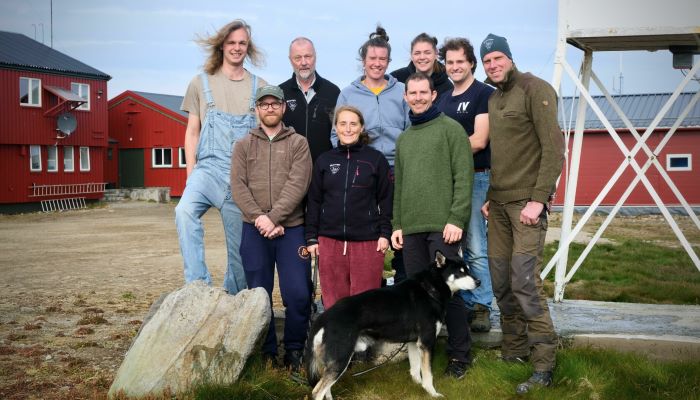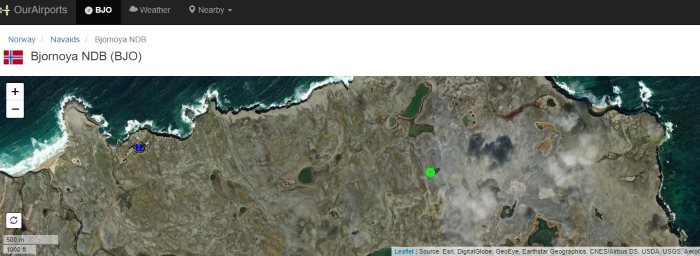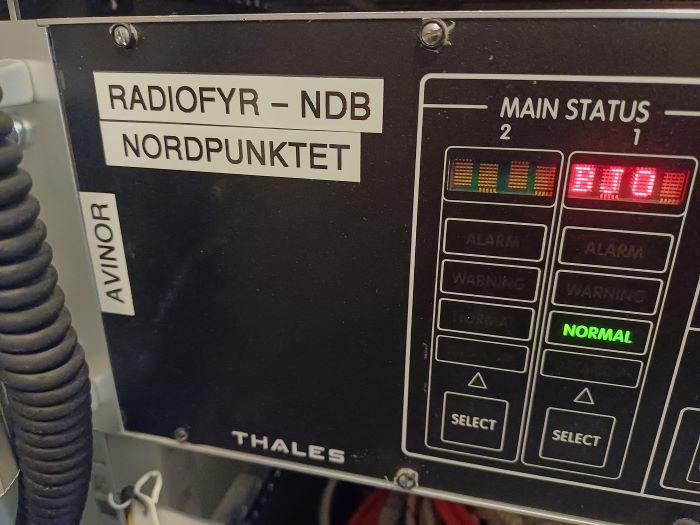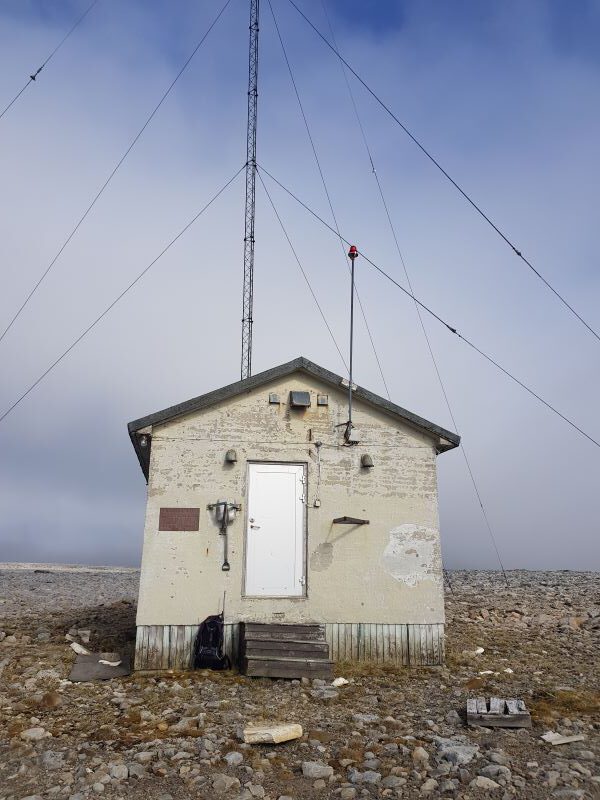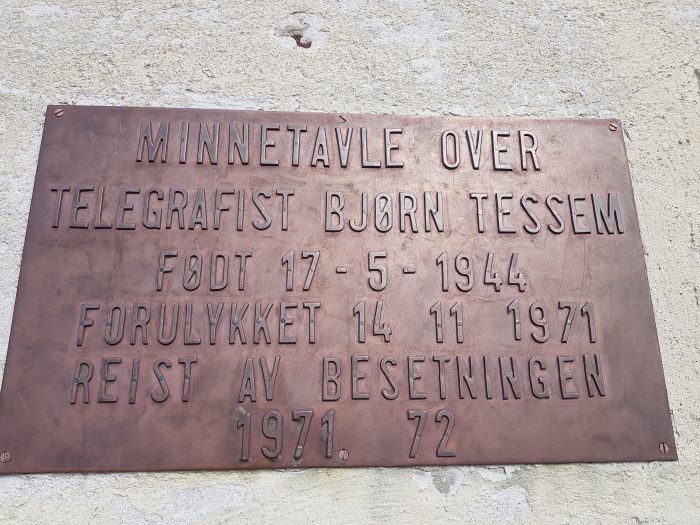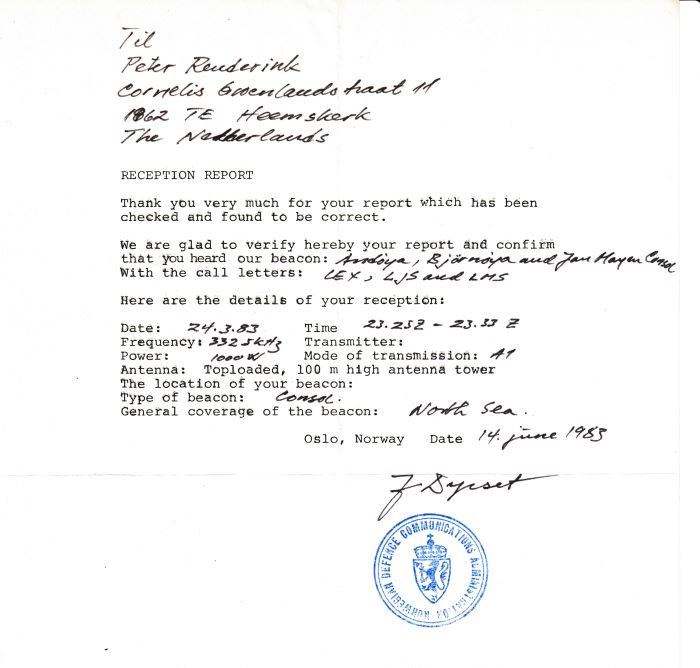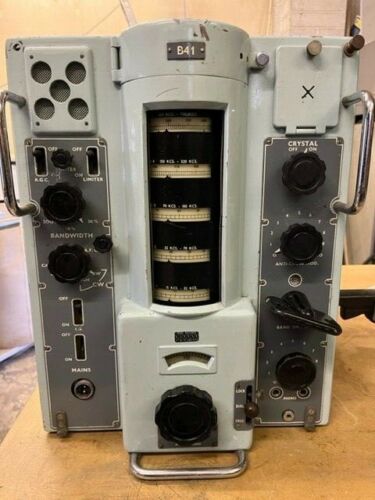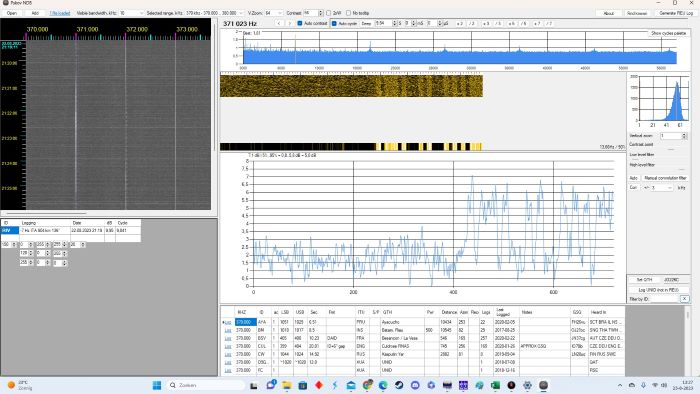
In October 2023 I (and some other DX-ers on YADDNet as well) received a DSC message from Svalbard Radio with MMSI 002570900 on 2182.7 kHz. This station MMSI is not received very often. And what I heard was an acknowledgement of a test message sent by the ferry Silja Serenade on its way between Mariehamn in Finland and Sweden on the Baltic Sea. So I wondered if I truly received Svalbard Radio.
I sent a reception report to Kystradio Nord in Bodø (kystradio.nord@telenor.no), as they remotely operate Svalbard Radio. But quite unusual for them I did not get an immediate answer. So I tried again last week. And with apologies (which is not necessary at all as they are just doing us DX-ers a favor on all of our requests) I got an email that QSL-ed my reception of Svalbard Radio.
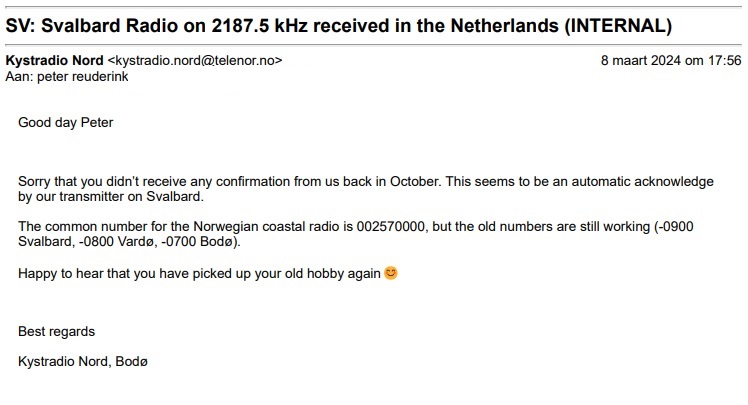
The email also explains why there was such a strange connect between a ferry on the Baltic and Svalbard Radio/ The test acknowledgements are fully automated on many (but not all) coast stations. So my guess is that the radio officer – who has to execute a mandatory weekly test – decided to go for something special… and triggered a response from the Svalbard transmitter?
This means that I have received a QSL from a station from mainland Svalbard/Spitsbergen for the first time. Not a new radio country though, as Bjornoya (Bear Island) which I received with NDBs LJS in the past and BJO last year is considered part of Svalbard according to the EDXC country list.
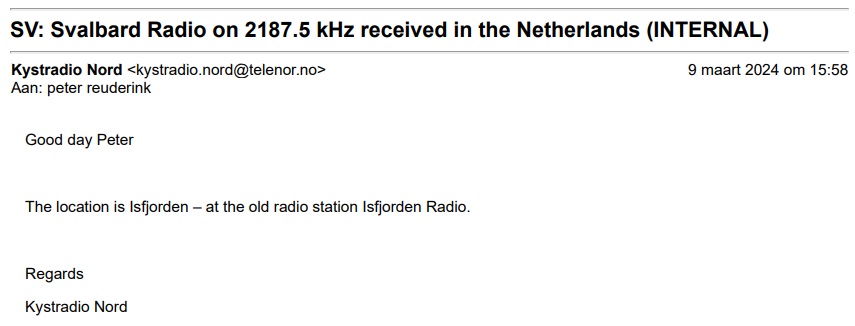
But where exactly is this station located on Svalbard? The first maritime station on Svalbard/Spitsbergen, Svalbard Radio was established in 1911. The location was Finneset, close to Barentszburg, the Russian settlement on Spitsbergen. But in 1930 the station was moved to Longyearbyen. And in 1975 the transmitters/antennas moved to Longyear – Svalbard Airport. Since 2006 the station is remotely controlled by Kystradio Nord in Bodø.
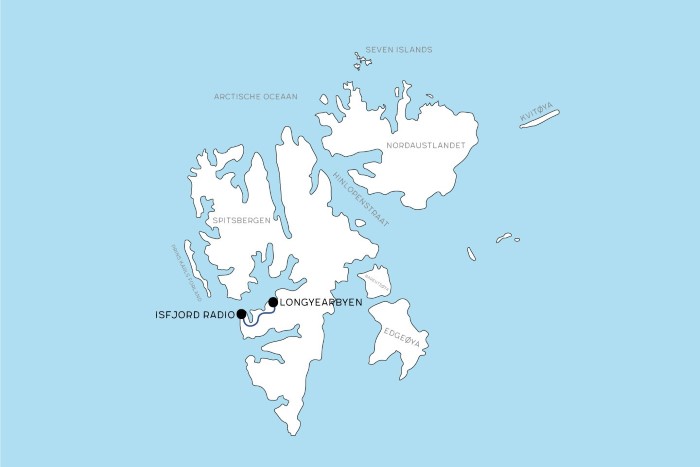
But that is not the location of the MF transmitters though. In 1932 two Soviet ships went aground. These were probably coal ships to Barentszburg. The Russian coal mining company Arktikugol developed an intiative to improve the navigational aids. It included the construction of a new station on Isfjorden in 1933. Once it was called Isfjord Radio, but since 1976 the station is remotely operated by above mentioned Svalbard Radio after completion of the Longyear – Svalbard Airport facilities. The Isfjord name seems no longer in use. Isfjorden is also the location from which Svalbard NAVTEX messages are being transmitted.
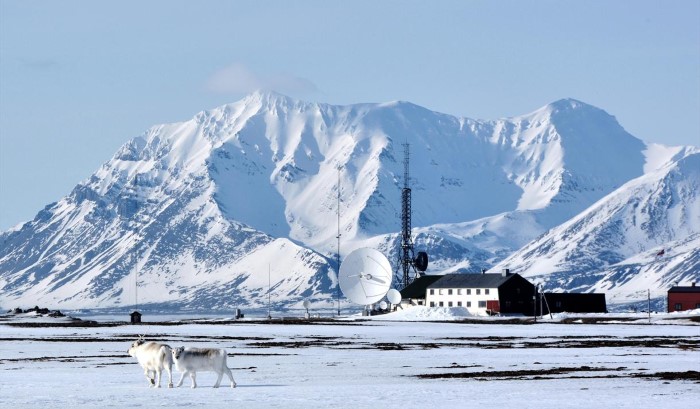
Today the housing facilities of the radiostation in Isfjorden are exploited by Basecampexplorer to accommodate arctic tourists. So it is possible to make a visit!

